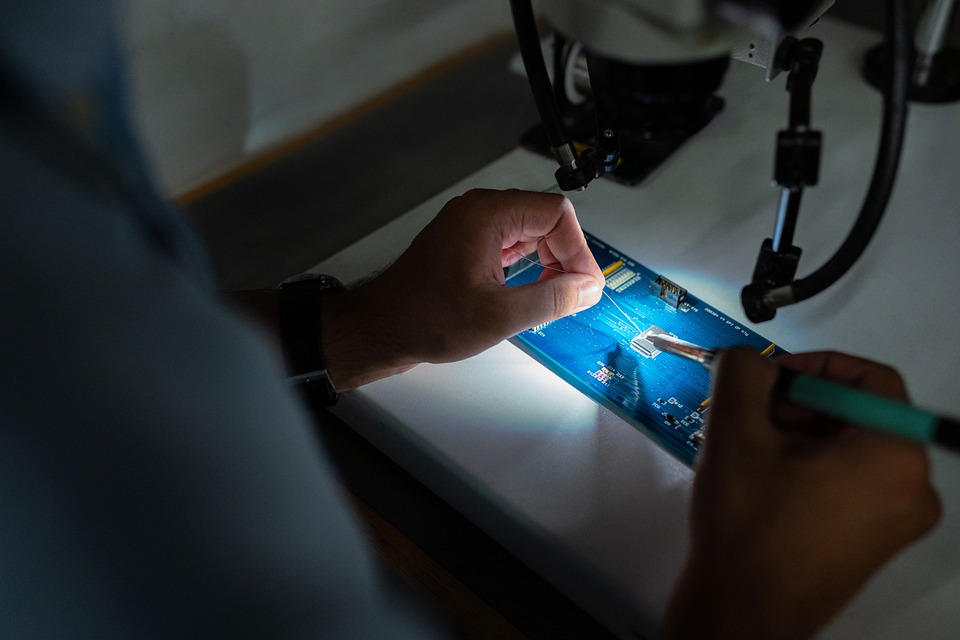Before starting a full PCB production run, we have to ensure that PCBs have no functionality problem. Because there are problems after starting total production, it will cause substantial financial loss. Prototype PCB provides a solution to avoid such situations. PCB developers use prototype PCBs in the design stage to test the functionality of the designed PCB. Often they need multiple runs of prototype PCBs to test functionality and designs. That’s why Prototype PCB assembly is essential for creating high-quality prototypes quickly. Prototypes have to align with the final PCB as close as possible.
Types of Prototype PCB Assembling
Assembly of components can be mainly of 3 types: manual, surface mount and through-hole. Manufacturers use surface mount technology when the machines directly place the small parts on the circuit board surface. The devices mount the components within minutes and with excellent efficiency. When manufacturers have to solder more significant components like capacitors and LEDs, they carry out a through-hole assembly process. They place them on the circuit board manually. They do a visual inspection before this.
Techniques of Prototype PCB Assembling
Assembly of prototype PCB includes many steps. The first step has an assembly diagram. Without an assembly diagram, manufacturers will end up creating low-quality PCBs failing most of the quality tests. Assembly diagram correctly captures the required components for assembling, arrangement on circuit board, connection details, etc.
The assembly starts with applying the soldering paste on board by customized stencils. Circuit board and stencil have to face the same direction. Also, solder pads placed on the circuit board need to be aligned fully to the stencil cutouts. Then, circuit boards go through the reflow oven to bond the components. This process ensures that parts are correctly connected to the circuit board.
The inspection team checks the circuit boards by pinhole cameras to ensure that the components’ connections are accurate. The manufacturers then carry out the final assembly, where they place remaining small components and repair and solder misplaced components or connections. Lastly, manufacturers do the cleaning process. There is flux remaining in the circuit boards after assembly. Manufacturers use technology like an aqueous system to remove flux and solder paste from circuit boards. This technology doesn’t use a chemical that can be harmful to the environment.
Prototypes are crucial for the product development process. That’s why a prototype PCB assembly is essential for effective PCB manufacturing. Advancement of technology has made prototype PCB assembling easier at present.







